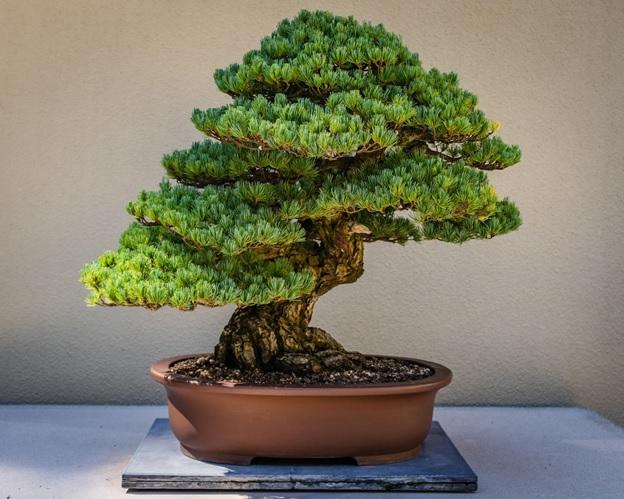There’s just something about bonsai trees that cause people to fall in love. Like many other, more intense loves, you’ll never know you love bonsai trees until you see one. Then, you’ll wonder why you didn’t buy one sooner.
Bonsai is like the perfect partner in life. It can adapt anywhere, doesn’t require a lot of attention or maintenance, always (intentionally) looks beautiful, and is available almost anywhere.
What types of bonsai trees exist? This is the guide for you. Read on!
Juniper
Juniper bonsai trees are among the most popular types and are often seen in Japanese gardens and homes. Common varieties include:
- Japanese Garden Juniper
- Sargent Juniper
- Green Mound Juniper
- Dwarf Sky Penjing
All of these varieties are hardy, easy to care for, and resistant to pests and diseases, making them best for beginners. It requires full to partial sunlight and needs to be pruned frequently to maintain its shape and size.
Ficus
There are many types of home bonsai trees that belong to the Ficus genus. Some of these are well-suited to growing indoors, while others are better suited to outdoor cultivation.
Ficus retusa, which has small glossy leaves and a dense crown. The Ficus macrocarpa has thicker branches and larger, glossy leaves that are popular in bonsai styling.
The Ficus benjamina is better suited for indoor growth with its small, glossy green leaves and a more upright growth habit. The Ficus salicaria produces delicate, feathery leaves and grows well indoors.
Lastly, the Ficus pumila is an excellent choice for novice bonsai enthusiasts, as its leaves are small and thick, and its growth is slow. All of these Ficus varieties are reasonably easy to care for, making them ideal for beginners.
Pine
Pine bonsai trees are developed from various species of pine trees and have a rugged, formal appearance. It is associated with some of the most traditional bonsai styles.
Pines have a dramatic shape with aged bark and trunks that twist and turn gracefully. They are also well suited for multiple styles as they do not require trimming to maintain an eye-pleasing form.
The mature pine bonsai tree also looks wonderful, when displayed in a container and is an impressive addition to any home garden or living room. Although pine bonsai trees require a lot of dedication, they are quite hardy and can endure both cold and hot climates.
Maple
The Maple family of Bonsai trees are some of the most beloved varieties. Common types include:
- the Japanese maple (Acer palmatum)
- Trident maple (Acer buergerianum)
- Bald Cypress (Taxodium distichum)
All three varieties of Maple bonsai trees have distinct features and Will provide years of beauty for any home or garden. Furthermore, their small size makes them a favorite for Many bonsai enthusiasts.
Bonsai trees are an art form that can require a lot of care and attention. A variety of diseases can occur in bonsai trees, depending on the species and environmental conditions.
If the bonsai tree is not responding to basic maintenance and treatment, consult an arborist or bonsai specialist for further information and advice about bonsai tree disease and treatment.
Learn More About the Types of Bonsai Trees Today
Indoor bonsai trees come in many shapes, sizes, and species. Each type offers a unique beauty to admire. From Juniper to Ficus, Pine to Maple, there are types of bonsai trees available to fit any taste or style.
Learn more about the fascinating art of bonsai trees by contacting an experienced bonsai artist!
Did you find this article helpful? Visit more of our blogs!

